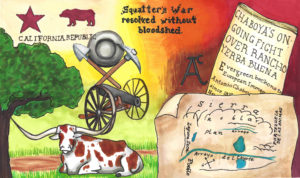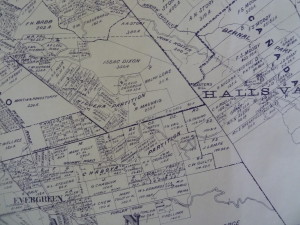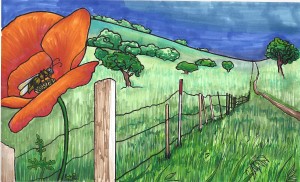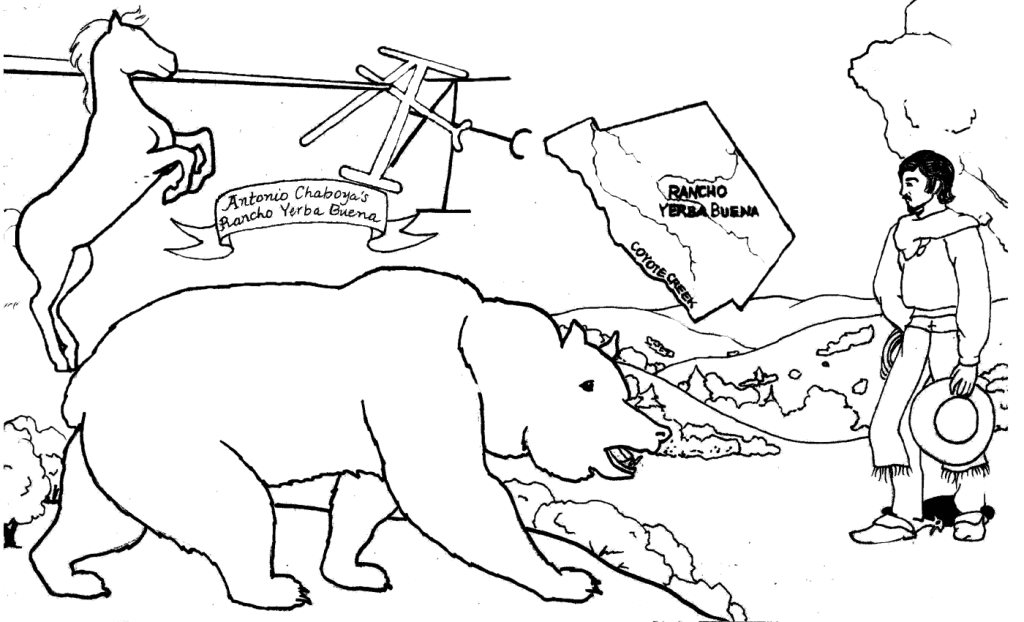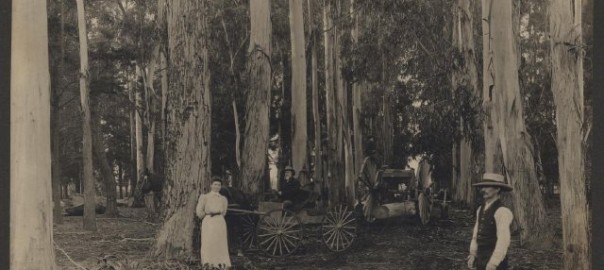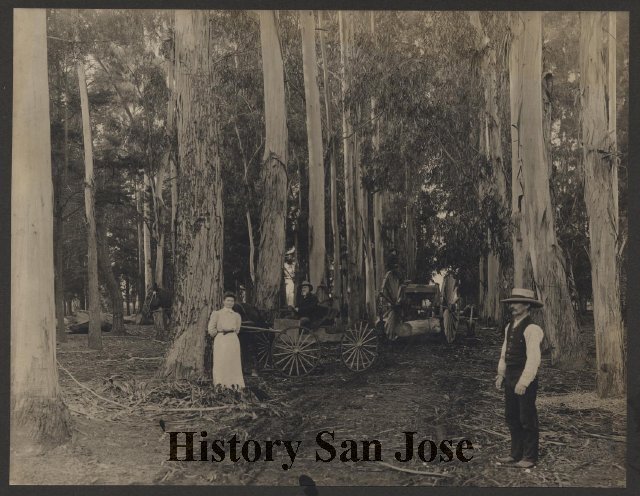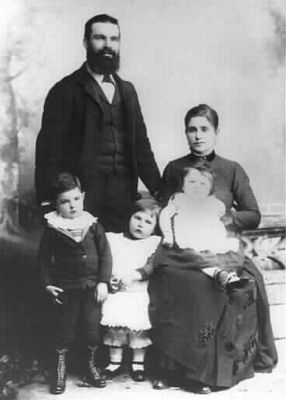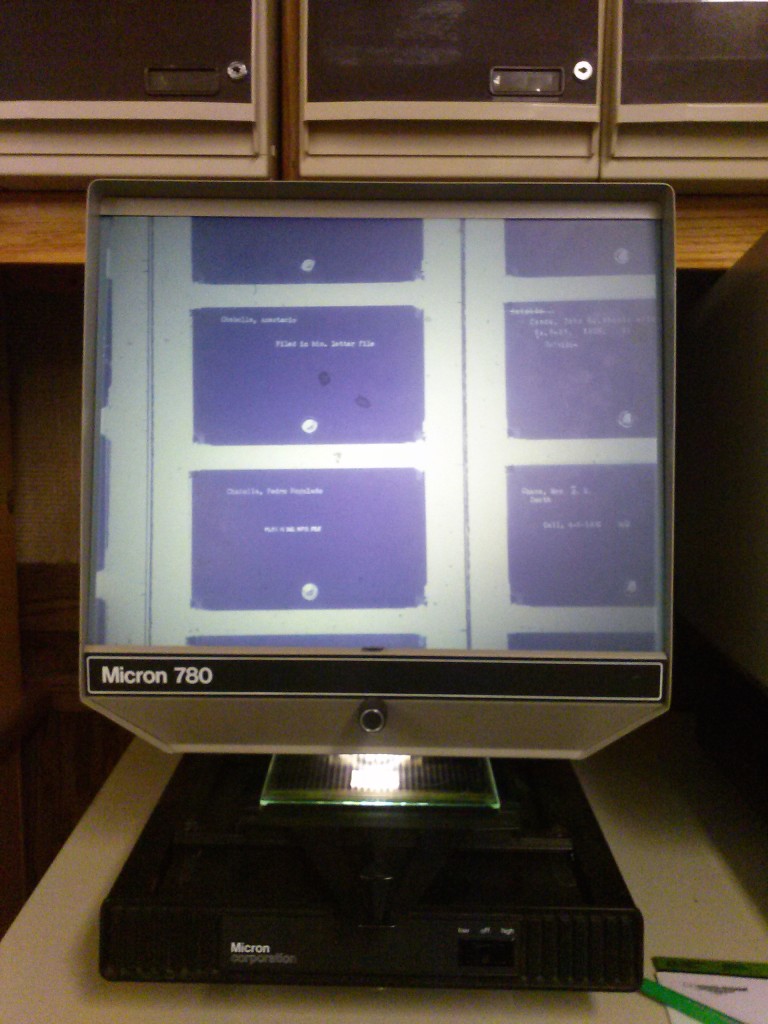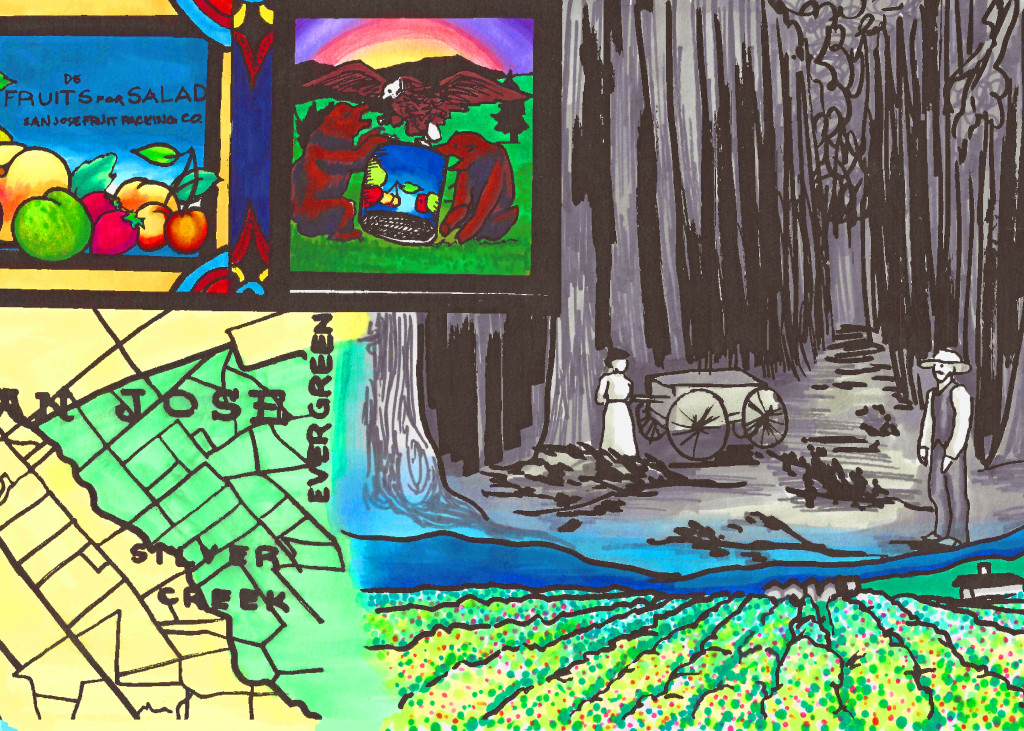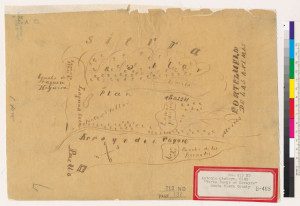 Let’s straighten out a couple facts before we discuss the Town Founders. Antonio Chaboya, son of Marcos Chaboya and brother of Pedro Chaboya, was granted over 24,000 acres of land known as Rancho Yerba Buena. This is the area we know as Evergreen. Before Spanish and Mexican colonization, there were Native Ohlone people here, whom we’ll discuss after we talk to our first person references. The Chaboyas would sell Rancho Yerba Buena after European immigrants squatted and fought for rights to their homesteads. It wasn’t violent but it wasn’t pretty.
Let’s straighten out a couple facts before we discuss the Town Founders. Antonio Chaboya, son of Marcos Chaboya and brother of Pedro Chaboya, was granted over 24,000 acres of land known as Rancho Yerba Buena. This is the area we know as Evergreen. Before Spanish and Mexican colonization, there were Native Ohlone people here, whom we’ll discuss after we talk to our first person references. The Chaboyas would sell Rancho Yerba Buena after European immigrants squatted and fought for rights to their homesteads. It wasn’t violent but it wasn’t pretty.
 After the Chaboyas let go of their greatest investment, Evergeen the Town or Village was built up centered about modern day San Felipe Road and Aborn Road. In fact, we’ve discussed previously that Aborn was once called Evergreen Road, connecting with King Road and then to the City of San Jose. This map is from 1863. This first generations of Evergreen Smiths were born in Germany in the 1830-40’s. As you can see from the map above, the Smiths were some of the first Europeans to settle in Evergreen.
After the Chaboyas let go of their greatest investment, Evergeen the Town or Village was built up centered about modern day San Felipe Road and Aborn Road. In fact, we’ve discussed previously that Aborn was once called Evergreen Road, connecting with King Road and then to the City of San Jose. This map is from 1863. This first generations of Evergreen Smiths were born in Germany in the 1830-40’s. As you can see from the map above, the Smiths were some of the first Europeans to settle in Evergreen.
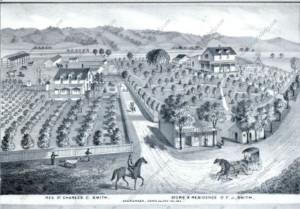 Charles C. Smith moved in first. After coming to Santa Clara County in 1859, Charles would develop a farm and do a little blacksmithing on the side. He would later go on to be successful in real estate in Downtown San Jose with the firm Phelps & Smith. Charles had diverse business holdings. Charles and his wife had 10 kids.
Charles C. Smith moved in first. After coming to Santa Clara County in 1859, Charles would develop a farm and do a little blacksmithing on the side. He would later go on to be successful in real estate in Downtown San Jose with the firm Phelps & Smith. Charles had diverse business holdings. Charles and his wife had 10 kids.
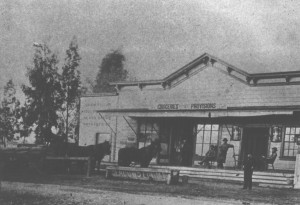 Next door, in 1868, brother Francis Joe Smith and he would open the General Store off San Felipe Road. This was Evergreen’s very first business. Shortly after, Francis would also open a winery, though not Evergreen’s first. Francis Joe Smith would become the Town Post Master in 1870 when Evergreen got a Post Office. Francis Joe would also begin to diversify his investments with mining and other ventures.
Next door, in 1868, brother Francis Joe Smith and he would open the General Store off San Felipe Road. This was Evergreen’s very first business. Shortly after, Francis would also open a winery, though not Evergreen’s first. Francis Joe Smith would become the Town Post Master in 1870 when Evergreen got a Post Office. Francis Joe would also begin to diversify his investments with mining and other ventures.
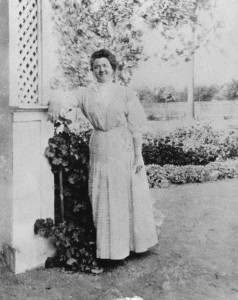 Francis and wife, Catherine, would have a daughter who would never marry but would embrace Evergreen with both arms wide open. Katherine, Katie, R. Smith would be a teacher than the principal of the Evergreen School. The School District, founded in 1860, would name a school after her over 100 years after the first school was built. KR Smith Elementary School was the second school opened in Evergreen. She would’ve attended and taught at the original school, then facilitated its moving further down San Felipe Road then to Fowler Road. Katherine R. Smith would live to over 100 years old and continue to be involved in the School District. She also held the record of oldest San Jose State graduate for a number of years.
Francis and wife, Catherine, would have a daughter who would never marry but would embrace Evergreen with both arms wide open. Katherine, Katie, R. Smith would be a teacher than the principal of the Evergreen School. The School District, founded in 1860, would name a school after her over 100 years after the first school was built. KR Smith Elementary School was the second school opened in Evergreen. She would’ve attended and taught at the original school, then facilitated its moving further down San Felipe Road then to Fowler Road. Katherine R. Smith would live to over 100 years old and continue to be involved in the School District. She also held the record of oldest San Jose State graduate for a number of years.
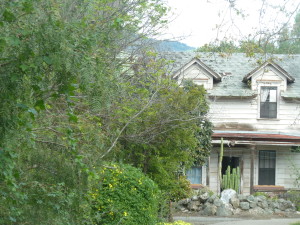 Though their historical restoration and preservation has not been determined as of yet, the Smith Residences from the 1860’s still stand in Evergreen today off of San Felipe Road, obscured by once renowned, now overgrown, orange orchards. It’s described as a Gothic Classic Revival farmhouse. The stores along San Felipe burnt down. Then again, their houses weren’t this close to the road back then. San Felipe has been revised and straightened out.
Though their historical restoration and preservation has not been determined as of yet, the Smith Residences from the 1860’s still stand in Evergreen today off of San Felipe Road, obscured by once renowned, now overgrown, orange orchards. It’s described as a Gothic Classic Revival farmhouse. The stores along San Felipe burnt down. Then again, their houses weren’t this close to the road back then. San Felipe has been revised and straightened out.
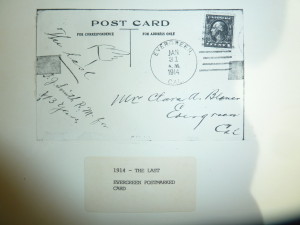 The Smith families, both large, would marry into other Evergreen families and take over their fathers’ investments. They appear in several maps at various times, creating a redundancy. Descendants of the Smith Family still live in Evergreen today. Don’t confuse James Franklin Smith Elementary School for the same Smith Family, however. I have an interview with that involve Evergreen administrator coming up. Here’s the artwork we’ve prepared to celebrate the Smith Family in our timeline.
The Smith families, both large, would marry into other Evergreen families and take over their fathers’ investments. They appear in several maps at various times, creating a redundancy. Descendants of the Smith Family still live in Evergreen today. Don’t confuse James Franklin Smith Elementary School for the same Smith Family, however. I have an interview with that involve Evergreen administrator coming up. Here’s the artwork we’ve prepared to celebrate the Smith Family in our timeline.
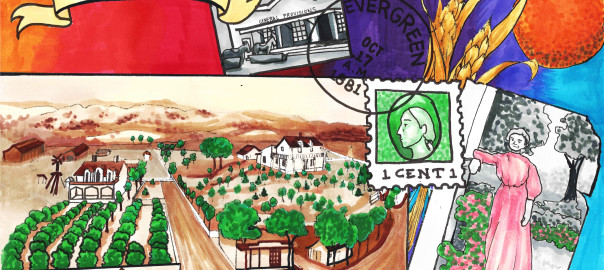
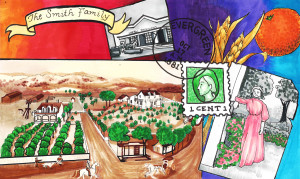
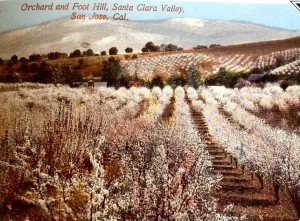
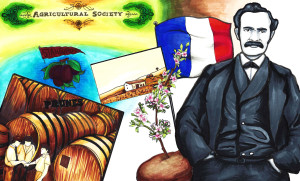
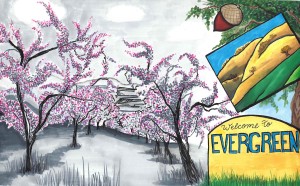
 The East Side Fruit Growers Association opened in 1893 off Tully Road and McLaughlin Road, serving as a trade association for local farmers across Evergreen and East San Jose. They would join a larger sales organization in 1899.
The East Side Fruit Growers Association opened in 1893 off Tully Road and McLaughlin Road, serving as a trade association for local farmers across Evergreen and East San Jose. They would join a larger sales organization in 1899.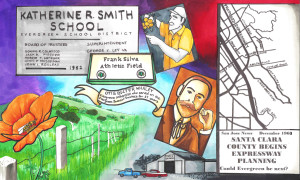
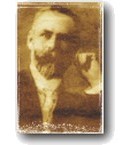
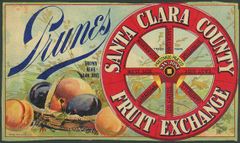


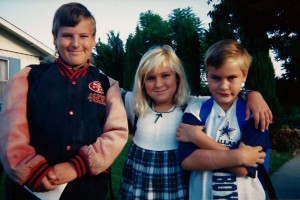
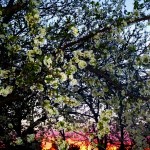
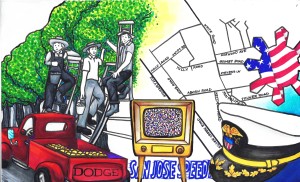
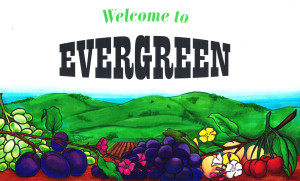
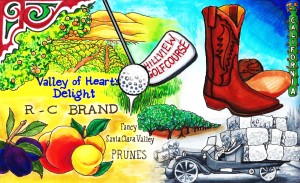
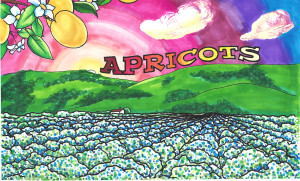
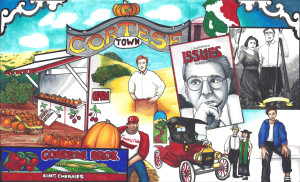
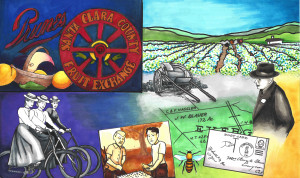

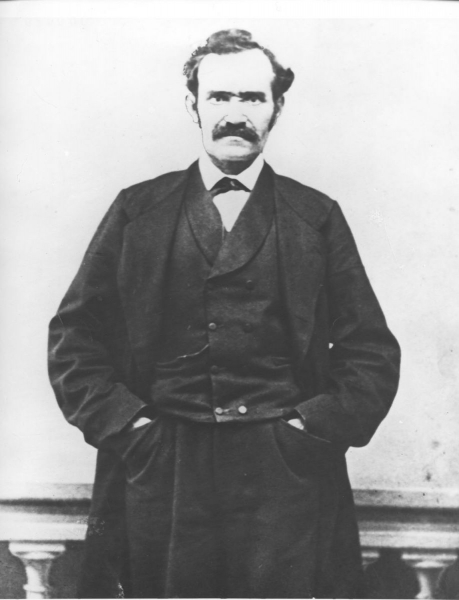
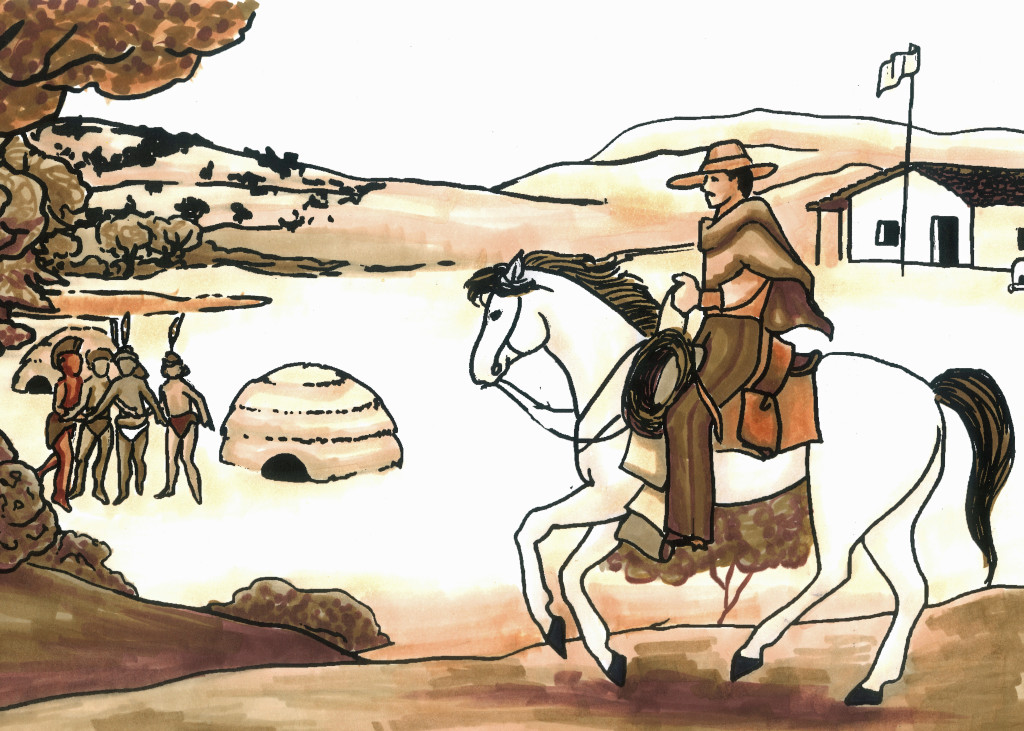
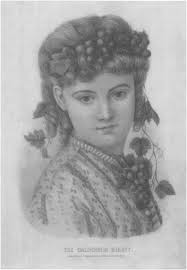

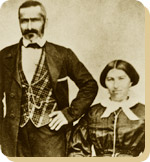
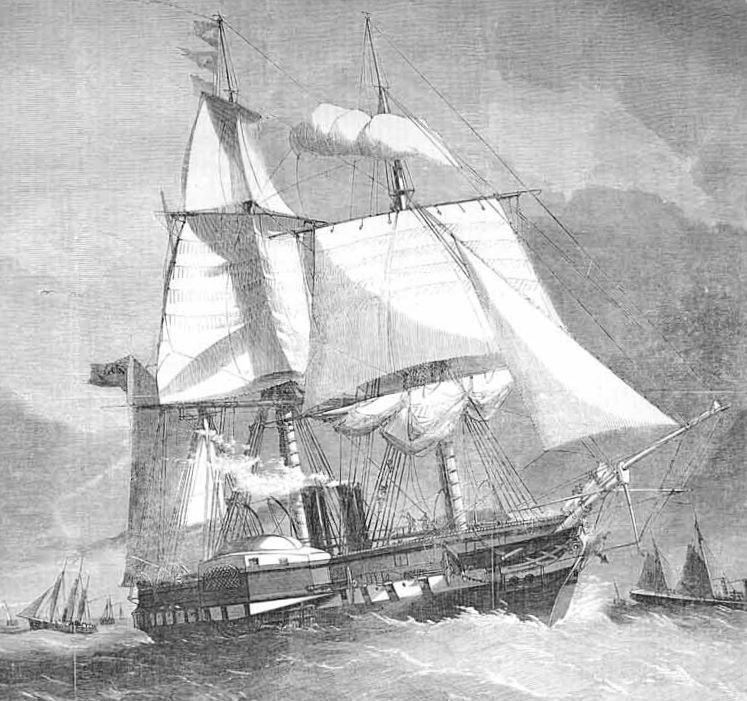
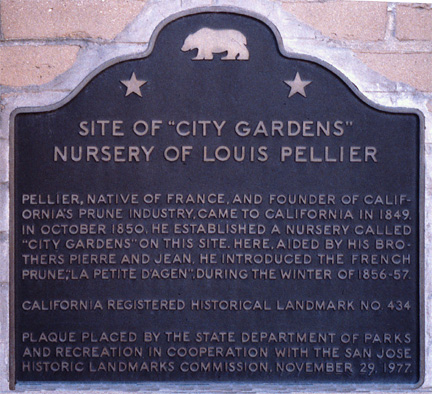


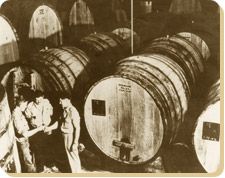
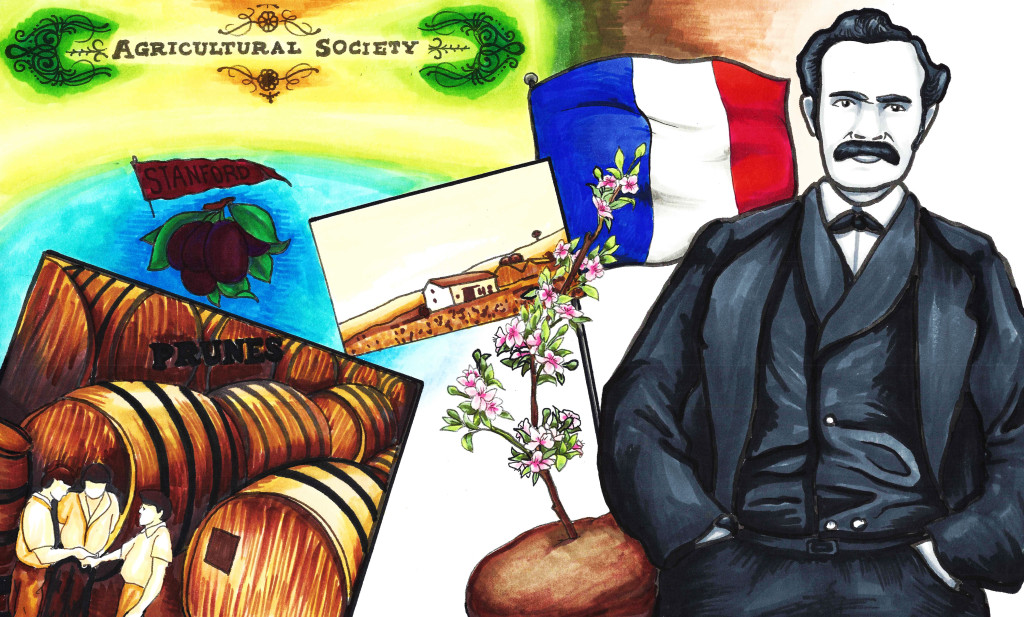
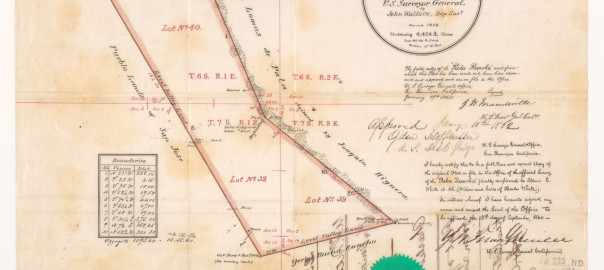
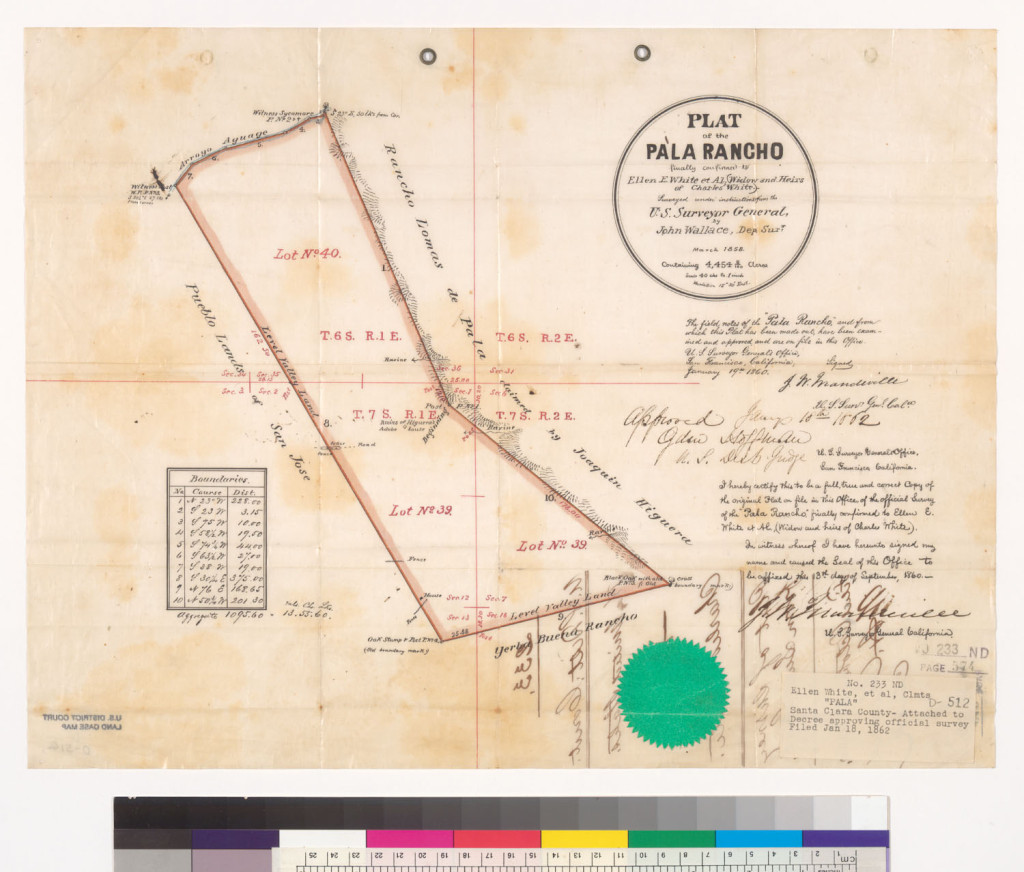
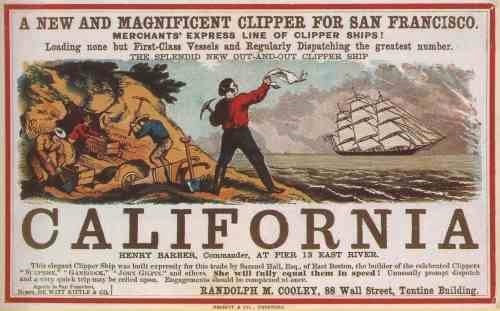
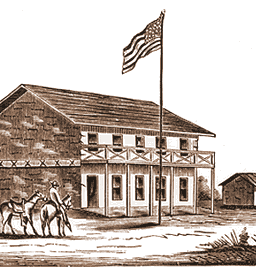
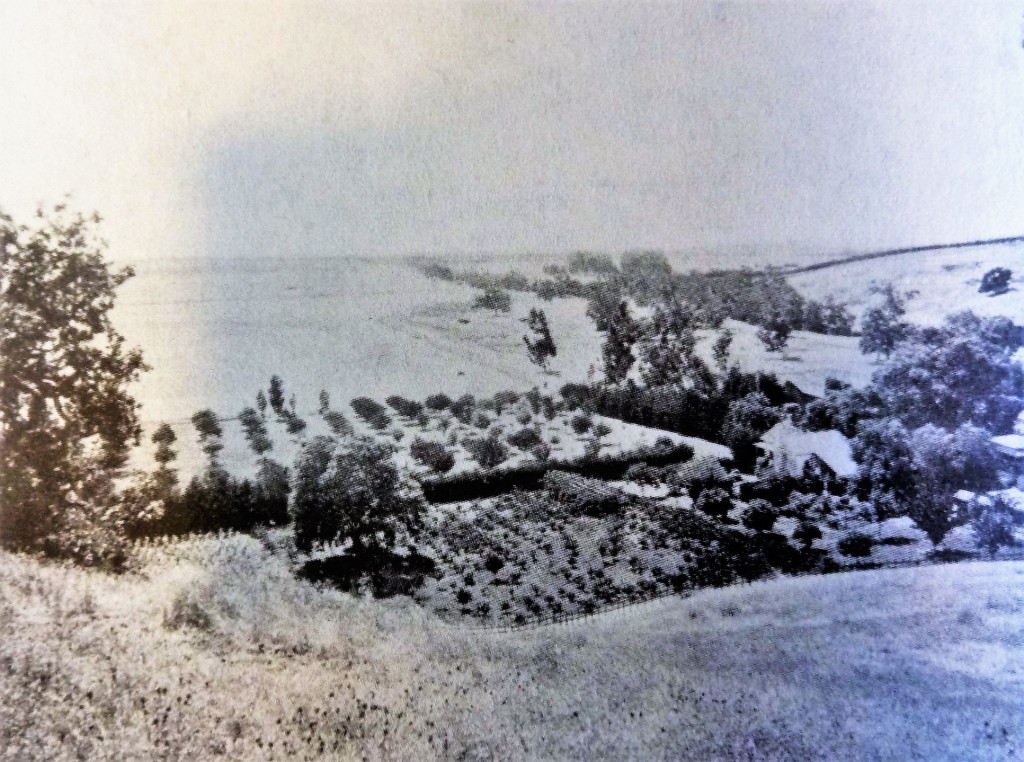
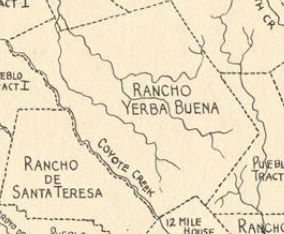

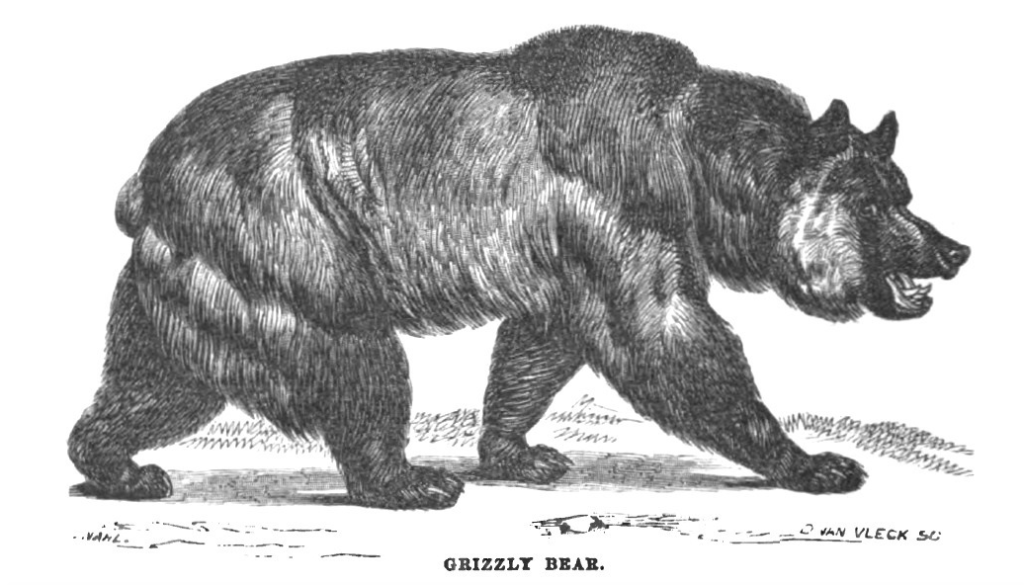
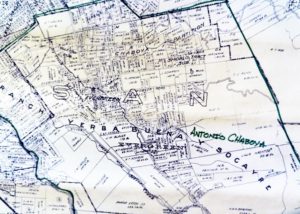
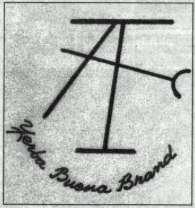 After the Mexican American War, Antonio Chaboya again was granted Rancho Yerba Buena by the US Government in 1858, one of the first real estate cases heard over “squatters’ rights”.
After the Mexican American War, Antonio Chaboya again was granted Rancho Yerba Buena by the US Government in 1858, one of the first real estate cases heard over “squatters’ rights”.